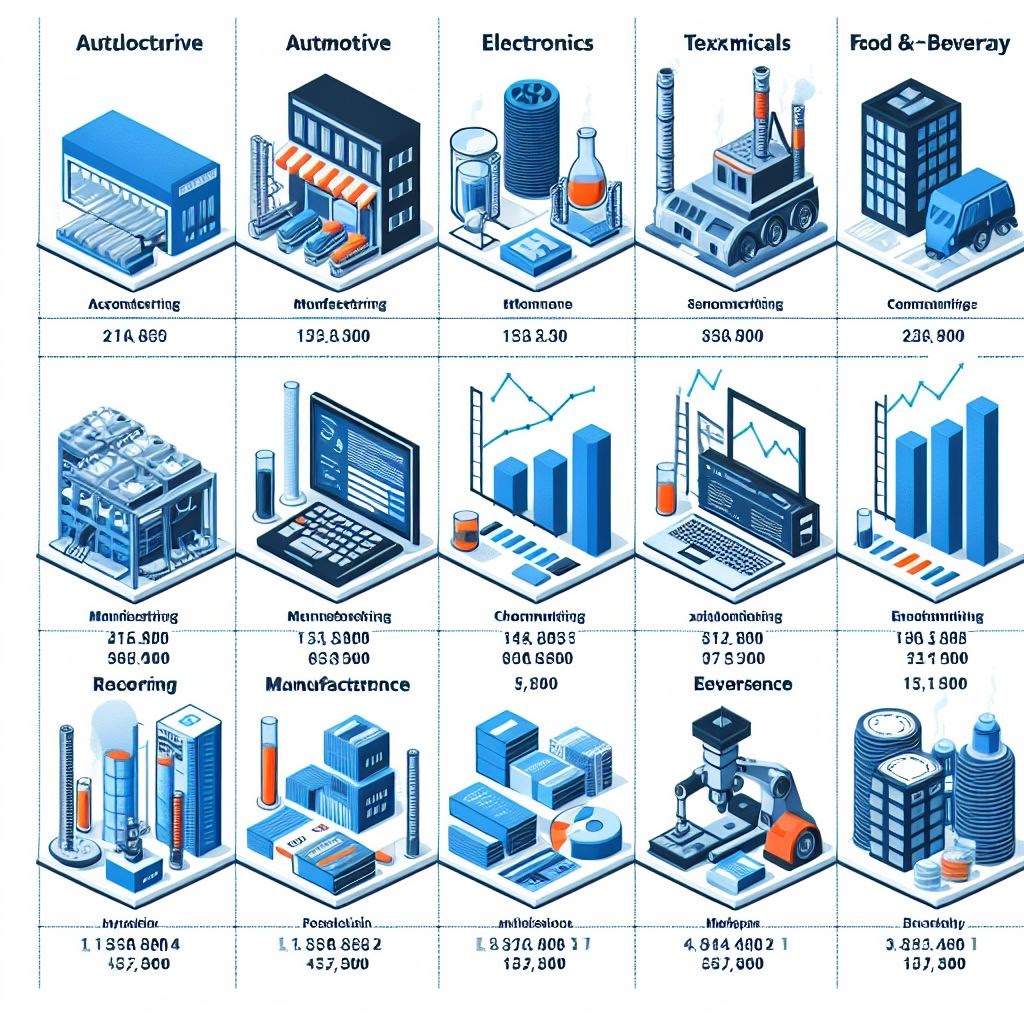The manufacturing industry operates in a complex environment, involving
production processes, inventory management, and cost allocation. Accurate
financial reporting is crucial for decision-making and compliance. Let’s
explore the key accounting standards relevant to manufacturing companies.
1. Inventory Valuation (IAS
2 and ASC 330)
Manufacturing businesses handle raw materials, work-in-process, and
finished goods. Proper valuation ensures accurate financial statements:
- IAS
2 (International Accounting Standard 2): IAS 2 outlines
principles for measuring and recognizing inventory. Companies must choose
an appropriate cost formula (e.g., FIFO, weighted average) and
consistently apply it. Proper valuation impacts cost of goods sold (COGS)
and inventory balances.
- ASC
330 (Generally Accepted Accounting Principles):
Under US GAAP, ASC 330 provides similar guidance on inventory valuation.
Companies assess net realizable value (selling price minus costs to
complete and sell) and recognize impairment losses.
2. Lease Accounting (IFRS
16 and ASC 842)
Manufacturers often lease equipment, facilities, and vehicles. Lease
accounting standards impact financial reporting:
- IFRS
16: IFRS 16 requires companies to recognize most
leases on their balance sheets as right-of-use assets and lease
liabilities. Proper classification (finance or operating) is essential.
- ASC
842: Under US GAAP, ASC 842 introduces similar
changes. Manufacturers must assess lease assets and liabilities for most
leases.
3. Cost Allocation and
Overhead Absorption
Manufacturing involves allocating costs to products. Companies must
determine direct costs (e.g., materials, labor) and indirect costs (e.g.,
factory overhead). Proper allocation ensures accurate product costs and pricing
decisions.
Let’s delve deeper into the accounting standards applicable to
manufacturing businesses:
4. Cost Allocation and
Overhead Absorption
In manufacturing, allocating costs to products is essential for accurate
financial reporting. Here are some key considerations:
- Direct
Costs: These costs can be directly traced to a
specific product. Examples include raw materials, direct labor (wages of workers
directly involved in production), and manufacturing supplies. Properly
identifying and allocating direct costs ensures that product costs reflect
their true components.
- Indirect
Costs (Factory Overhead): Indirect costs
cannot be directly traced to a specific product but are incurred in the
production process. These include factory rent, utilities, maintenance,
and depreciation of machinery. Allocating indirect costs requires methods
such as activity-based costing (ABC) or predetermined overhead rates.
- Overhead
Absorption: Overhead absorption involves allocating
indirect costs to products based on a predetermined rate. The rate
considers expected production levels (e.g., machine hours, labor hours).
By absorbing overhead costs into product costs, manufacturers achieve more
accurate pricing and inventory valuation.
5. Standard Costing and
Variance Analysis
Manufacturers often use standard costing to set predetermined costs for
materials, labor, and overhead. Variance analysis compares actual costs to standard
costs. Key points:
- Standard
Costs: These are expected costs based on efficient
production levels. Manufacturers set standards for each cost component
(e.g., standard material cost per unit, standard labor hours per unit).
Deviations from standards are analyzed.
- Variance
Analysis: Variance analysis identifies differences
between actual costs and standard costs. Favorable variances (actual costs
lower than standards) and unfavorable variances (actual costs higher than
standards) provide insights into cost control and performance.
6. Tax Implications and
Depreciation
Manufacturers must consider tax regulations related to inventory
valuation, depreciation, and capital expenditures:
- Depreciation:
Properly calculating and recording depreciation on machinery, equipment,
and buildings impacts both financial reporting and tax liabilities.
Methods include straight-line, declining balance, and units-of-production.
- Capital
Expenditures: Manufacturers invest in capital assets
(e.g., new machinery, technology upgrades). Tax rules determine whether
these expenditures are immediately deductible or capitalized and
depreciated over time.
Conclusion
Accurate financial reporting enhances stakeholder trust and supports
strategic planning. Manufacturers should stay informed about evolving
accounting standards and seek professional advice to ensure compliance.
Remember that accounting standards evolve, so continuous learning and
adaptation are essential for financial professionals in the manufacturing
sector. 🏭📊💡
Feel free to reach out if you have any further questions or need
additional information!

Comments
Post a Comment